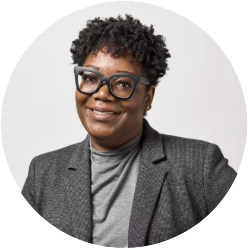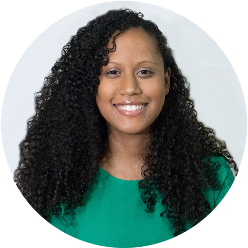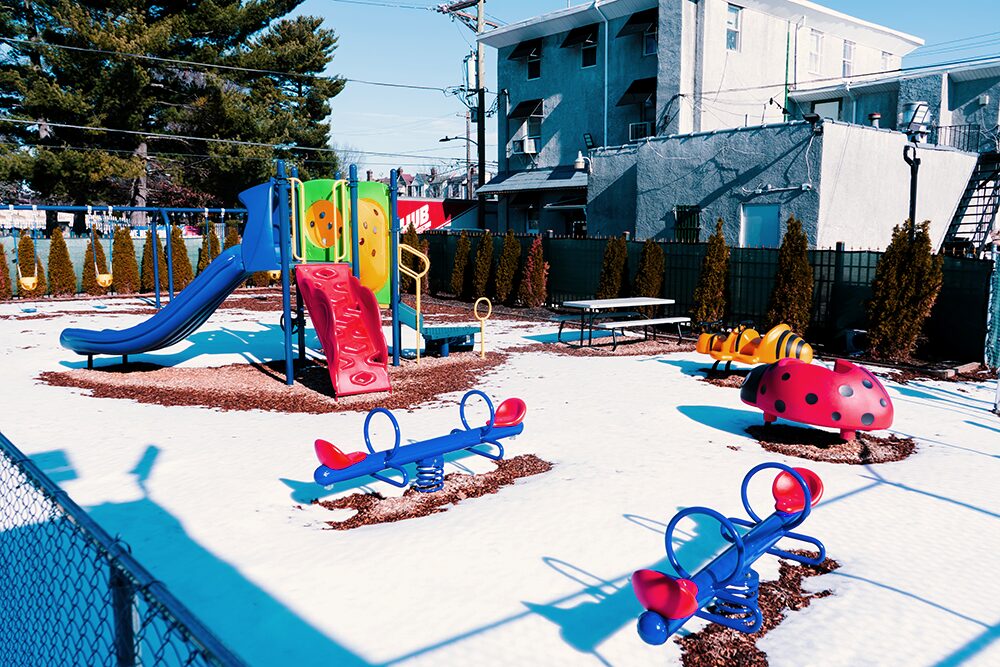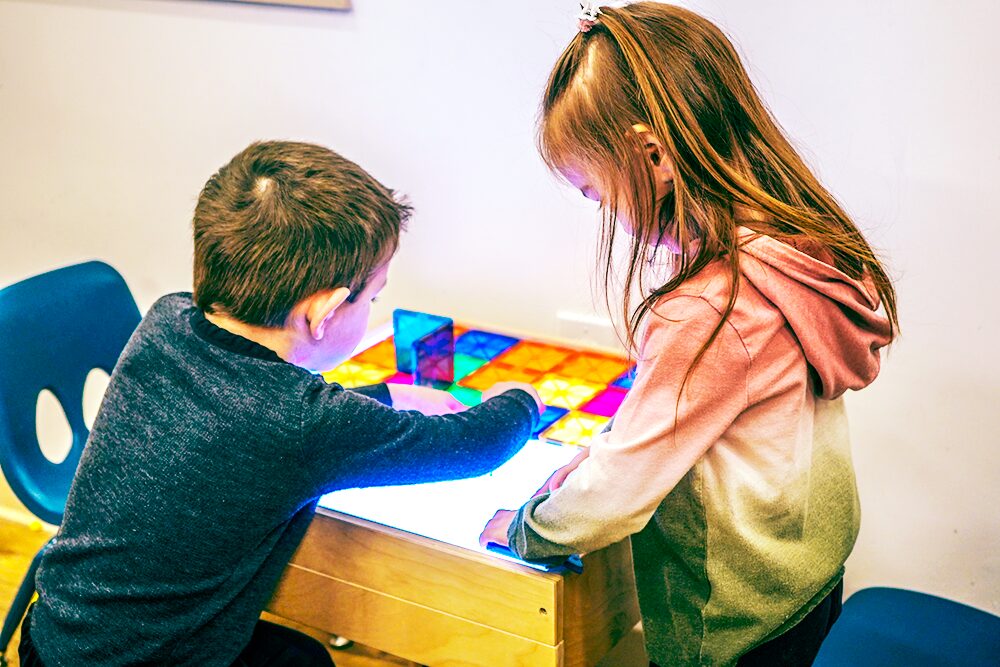Q&A: Investing in Our Communities Through Child Care
In Montgomery County, child care isn’t just a service—it’s a cornerstone of healthy, thriving communities. And yet, for many families and providers, the path to high-quality, affordable care has been uneven.
Spaces are limited. Facilities need investment. And for many small providers—especially family child care homes—access to capital and technical support has been out of reach.
That’s where the Montgomery County ECE Facility Loan Program comes in. Backed by Montgomery County and administered by Reinvestment Fund, this $4 million initiative brings new tools and renewed hope to those shaping the future of early learning.
We spoke with LaToshia DeVose, Managing Director of Program Services, and Laura Montas-Brown, Program Manager for Reinvestment Fund and a Maryland resident, to learn more about how this program was built with community at the center, and what it means for the families and providers who call this region home.
Q: What’s the heart behind this fund—why does it matter?
 LaToshia DeVose: We’ve spent years listening to early learning providers, many of them women of color, who are caring for our youngest children in homes, church basements, and rented spaces that weren’t designed for that purpose. These providers are doing the most important work, but they’ve been doing it without access to the resources larger institutions often have.
LaToshia DeVose: We’ve spent years listening to early learning providers, many of them women of color, who are caring for our youngest children in homes, church basements, and rented spaces that weren’t designed for that purpose. These providers are doing the most important work, but they’ve been doing it without access to the resources larger institutions often have.
Montgomery County recognized this, and they wanted to do something different. They didn’t just want to fund programs—they wanted to invest in people and access. This fund is about lifting up the providers who hold our communities together. It’s about saying: We see you. We believe in your work. And we’re going to walk alongside you to strengthen it.
Q: What does this support look like?
 Laura Montas-Brown: Picture a child care provider who runs her business from home. She knows she could care for more children if she had a fenced-in play area or could renovate her bathroom to meet code. But she doesn’t have $20,000 lying around—and traditional loans just aren’t feasible.
Laura Montas-Brown: Picture a child care provider who runs her business from home. She knows she could care for more children if she had a fenced-in play area or could renovate her bathroom to meet code. But she doesn’t have $20,000 lying around—and traditional loans just aren’t feasible.
With this program, she could apply for a forgivable loan, up to $74,000, that she won’t have to repay if she stays open, stays licensed, and completes some basic professional development over five years. There are also 0% interest loans for larger centers expanding or renovating their spaces—up to $300,000.
But the money is just the start. We’re also offering coaching, help with the application, webinars on managing construction, and guidance on topics such as taxes and permitting. We’ve designed every piece of this to meet providers where they are.
I hope we see families with more choices, where they can find quality care in their neighborhood, without waitlists or long commutes. That’s what this fund is about: building community resilience by investing in the people who care for our children every day.
LaToshia DeVose, Managing Director, Early Childhood Education
Q: What makes this different from other funding programs?
LaToshia DeVose: This isn’t just a transaction, it’s a relationship. That starts with trust. We’re showing up in-person, knocking on doors, and making sure every provider feels supported.
In collaboration with the County, we are thinking through every detail: When and how people access the application, how quickly funds are disbursed, what languages we offer materials in, and how we provide support over the phone or through mobile devices. For example, we’re launching two versions of the program website—one in English and one in Spanish—because Montgomery County is incredibly diverse, and we want everyone to feel like this was built with them in mind.
Q: How does your team connect to this work on a personal level?
Laura Montas-Brown: When I drive around my old neighborhood, I don’t just see zip codes, I see stories. I know where the child care deserts are. I know which family providers are juggling their own kids while caring for others. So, this work isn’t abstract to me, it’s deeply local and personal.
We’re not just bringing in outside expertise; we’re embedding ourselves in the community. The relationships we’re building are long-term. We’re not here to do a program and leave. We’re here to stay, support, and grow with the people we serve.
Q: What’s one example of how this fund was designed with accessibility in mind?
LaToshia DeVose: One detail I’m proud of is how we structured the disbursement of funds. A lot of providers don’t have the upfront capital to start a renovation or improvement project. So, for the forgivable loans, we’re giving out 50% of the funds upfront, because we know that’s what’s needed to make projects successful.
We also have pre-development forgivable loans for expenses such as obtaining estimates, plans, or permits, because we understand that just getting ready for a project takes resources. It’s about eliminating the barriers that have historically shut out the smallest providers.
Q: What kind of impact do you hope to see?
Laura Montas-Brown: I hope a year from now, we can walk into a bright, newly renovated space that feels safe, joyful, and welcoming, and hear a provider say, “I didn’t think this was possible before receiving the funding. But now, I have more kids enrolled. I feel proud of my space. I feel confident running my business.”
LaToshia DeVose: And more broadly, I hope we see families with more choices, where they can find quality care in their neighborhood, without waitlists or long commutes. That’s what this fund is about: building community resilience by investing in the people who care for our children every day.
Q: How do providers get started?
Click to explore eligibility, funding options, and upcoming webinars. Applications and materials are available in English and Spanish, and our team is ready to help at every step.
We appreciate the partnership and investment from Early Childhood Services, a division within the Montgomery County Department of Health and Human Services.
In Montgomery County, we’re not just funding child care—we’re investing in futures. One provider, one classroom, one family at a time.

